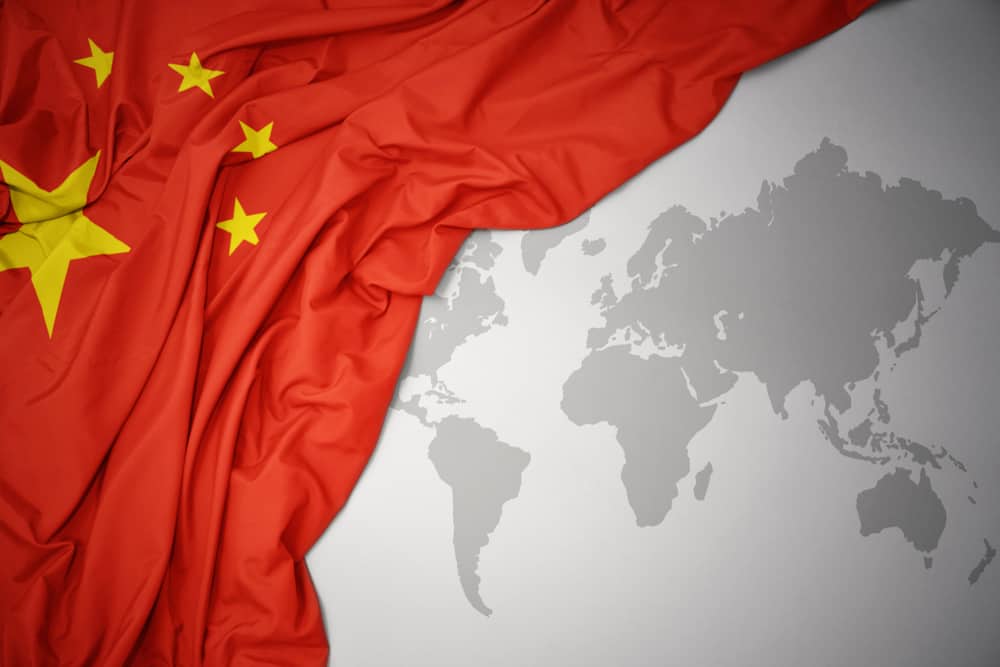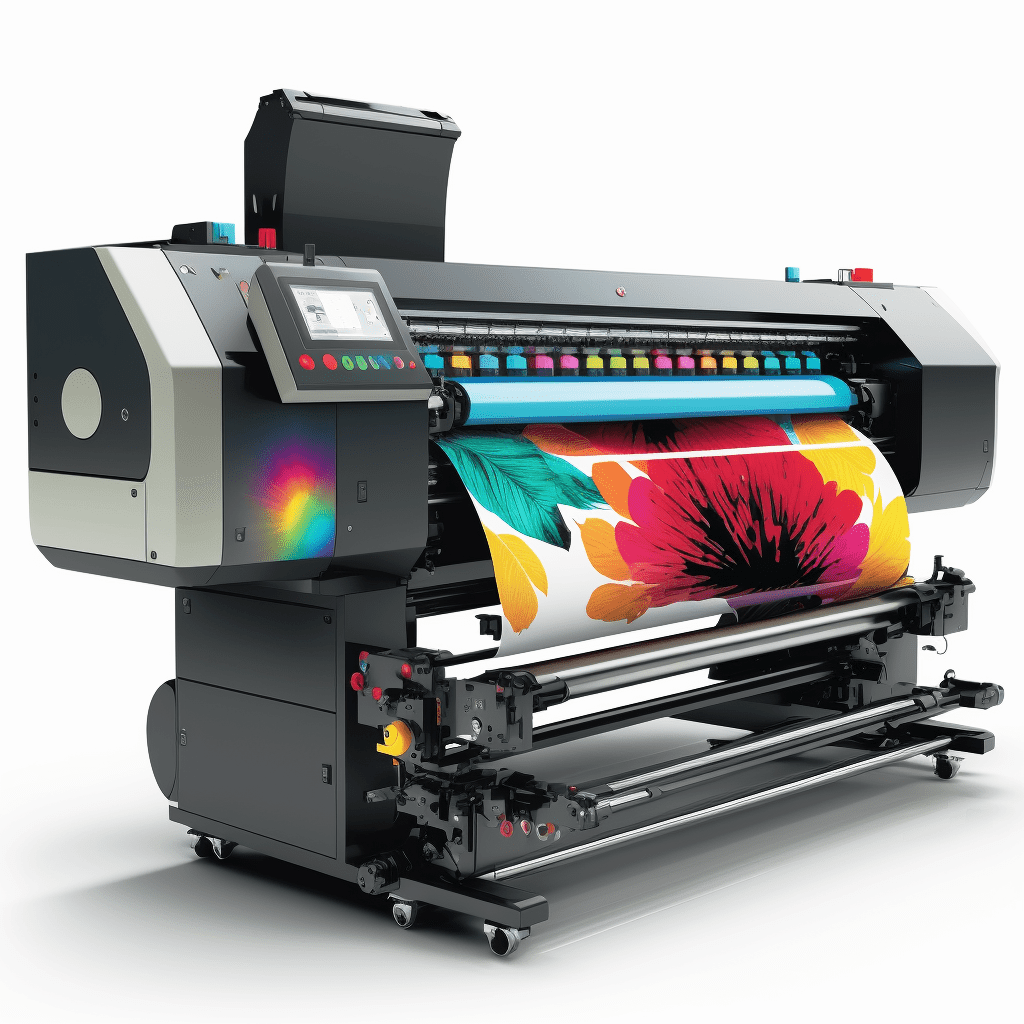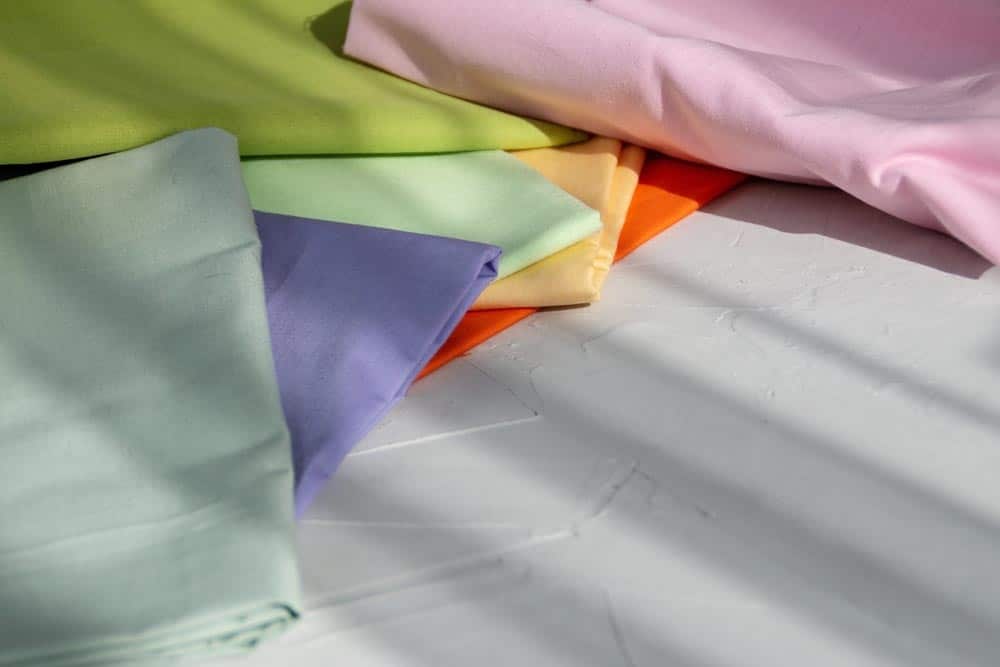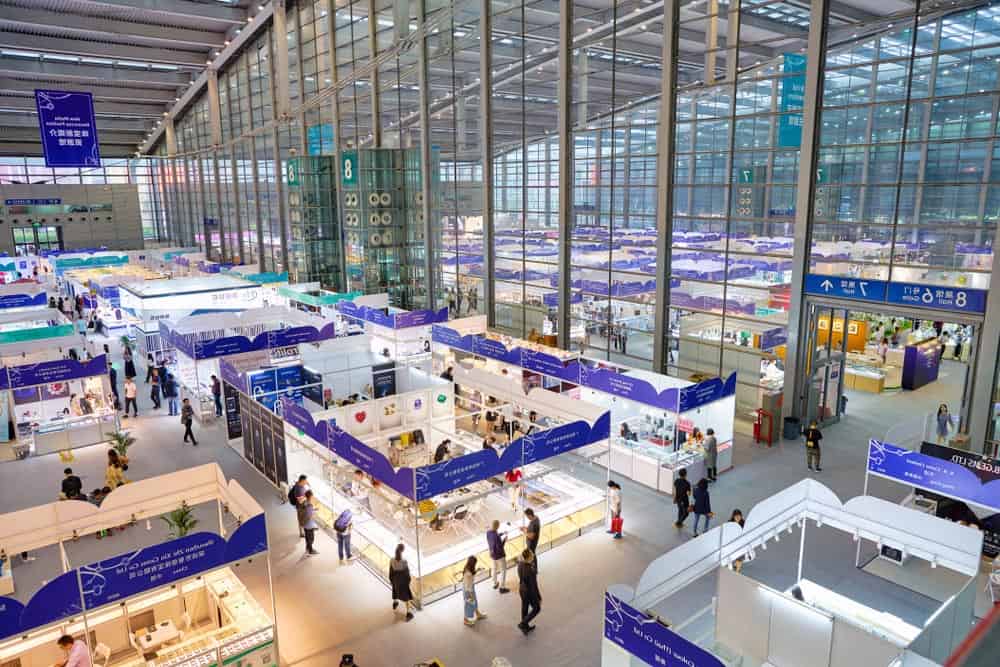소개
China has been a major player in the global textile business for a long time, and it doesn’t look like that will change any time soon. Because the country has cheap labor and a lot of natural resources, textile and clothing companies from all over the world are setting up shop there. But as people all over the world learn more about sustainability, digitalization, and other growing trends, China’s fabric-sourcing industry is changing in a big way.

Fabric Sourcing Industry in China: Current State
The fabric-sourcing sector in China is large, serving both local and foreign markets. The country is the world’s top textile and clothing exporter, accounting for 39% of the market in 2020. According to a McKinsey & Company analysis, China’s fabric sourcing business is rising at a 7% yearly pace. The sector is extremely competitive, and enterprises are confronted with issues like as growing labor prices, trade conflicts, and the ongoing epidemic.
Notwithstanding these obstacles, China’s fabric-sourcing business is thriving. From raw material procurement through fabric production, dyeing, printing, and finishing, the country has a well-established supply chain. Furthermore, China has a huge network of small and medium-sized companies (SMEs) that specialize in specialized sectors of the textile industry, allowing firms to source a varied selection of fabrics and textiles.

Latest Trends in Fabric Sourcing in China
To stay competitive, businesses in China’s fabric sourcing industry need to keep up with the latest trends and innovations. Here are some of the emerging trends shaping the industry:
Sustainability
Sustainability has become a significant concern for the textile industry, and businesses in China are taking steps to address this issue. Many companies are implementing eco-friendly practices, such as using recycled fibers, reducing water and energy consumption, and adopting cleaner production methods. Furthermore, the Chinese government has launched several initiatives to promote sustainable manufacturing practices, such as the Green Supply Chain program and the Circular Economy Development Plan.

디지털화
The digitalization of the fabric sourcing industry is transforming the way businesses operate. The adoption of technologies such as big data, artificial intelligence, and the Internet of Things (IoT) is making supply chain management more efficient and transparent. Additionally, digitalization is enabling businesses to offer personalized products and services, reducing waste and improving customer satisfaction.

Customization
Customization is becoming increasingly popular in the fabric-sourcing industry. Many businesses are offering made-to-order services, allowing customers to choose the fabric, design, and color of their clothing. This trend is driven by the desire for individuality and the need to reduce waste and improve sustainability.
Local Sourcing
As supply chain disruptions caused by the pandemic continue, businesses in China are looking to source materials locally. This trend has been accelerated by the government’s push to promote domestic consumption and reduce reliance on imports. Local sourcing can help reduce lead times, improve product quality, and increase flexibility in the supply chain.

Circular Economy
The circular economy is a model that aims to keep materials in use for as long as possible, reducing waste and pollution. China’s fabric sourcing industry is embracing this concept by implementing circular design principles, such as using recycled materials, adopting closed-loop production processes, and facilitating product reuse and recycling.
Innovations Driving the Fabric Sourcing Industry in China Forward
In addition to trends, there are several innovations driving the fabric sourcing industry in China forward. Here are some of the most promising ones:
Smart Textiles
Smart textiles are fabrics that incorporate sensors, electronics, and other advanced technologies to provide new functionalities. These textiles can monitor vital signs, measure environmental conditions, and even change color or shape based on the wearer’s needs. China is a leading producer of smart textiles, and businesses in the country are investing heavily in research and development in this area.
3D Printing
3D printing, also known as additive manufacturing, is a technology that creates objects layer by layer from digital designs. In the fabric sourcing industry, 3D printing can be used to create prototypes, customize designs, and even produce finished garments. China is home to several companies that specialize in 3D printing for the textile industry, and this technology is expected to revolutionize the way fabrics are produced.

Nanotechnology
Nanotechnology involves the manipulation of materials at the nanoscale, creating new properties and functionalities. In the fabric sourcing industry, nanotechnology can be used to create fabrics with enhanced properties, such as water resistance, UV protection, and antimicrobial properties. China is investing heavily in nanotechnology research, and businesses in the country are using this technology to create innovative fabrics with a wide range of applications.

Artificial Intelligence
Artificial intelligence (AI) is a technology that enables machines to perform tasks that typically require human intelligence, such as visual recognition, natural language processing, and decision-making. In the fabric sourcing industry, AI can be used to optimize production processes, predict consumer trends, and improve supply chain management. China is a leader in AI research and development, and businesses in the country are incorporating AI into various aspects of the fabric sourcing industry.

Blockchain
Blockchain is a decentralized, digital ledger that records transactions securely and transparently. In the fabric sourcing industry, blockchain can be used to track the origin and authenticity of materials, verify sustainability claims, and ensure ethical sourcing practices. China is exploring the use of blockchain in the textile industry, and several businesses in the country have already implemented blockchain-based solutions.

Future of Fabric Sourcing in China
The fabric sourcing industry in China is constantly evolving, and the future looks promising. As the world becomes more conscious of sustainability and digitalization, businesses in China will need to continue to adapt and innovate to stay competitive. We can expect to see more emphasis on local sourcing, circular economy, and sustainable manufacturing practices, as well as continued investment in emerging technologies such as smart textiles, 3D printing, and AI.

결론
In conclusion, the fabric sourcing industry in China is at a critical juncture, as trends and innovations drive it forward. The latest developments in sustainability, digitalization, and customization are transforming the way businesses operate, and new technologies such as smart textiles, 3D printing, and blockchain are enabling businesses to create innovative fabrics with a wide range of applications.As
China’s fabric sourcing industry continues to grow, and its well-established supply chain and network of SMEs provide businesses with access to a diverse range of fabrics and textiles. However, to remain competitive, businesses in China’s fabric sourcing industry will need to keep up with emerging trends and adopt new technologies to meet the demands of a changing market.
FAQ
How does sustainability impact the fabric sourcing industry in China?
Answer: Sustainability is becoming an increasingly important consideration for businesses in the fabric sourcing industry in China. Many companies are implementing eco-friendly practices such as using recycled fibers, reducing water and energy consumption, and adopting cleaner production methods.
What are some of the latest trends in fabric sourcing in China?
Answer: Some of the latest trends in fabric sourcing in China include sustainability, digitalization, customization, local sourcing, and the circular economy.
How is China using nanotechnology in the fabric sourcing industry?
Answer: China is investing heavily in nanotechnology research, and businesses in the country are using this technology to create innovative fabrics with enhanced properties such as water resistance, UV protection, and antimicrobial properties.
What is the circular economy, and how is it being implemented in the fabric sourcing industry in China?
Answer: The circular economy is a model that aims to keep materials in use for as long as possible, reducing waste and pollution. China’s fabric sourcing industry is implementing circular design principles such as using recycled materials, adopting closed-loop production processes, and facilitating product reuse and recycling.
What does the future hold for fabric sourcing in China?
Answer: The future of fabric sourcing in China looks promising, with continued emphasis on sustainability, digitalization, and emerging technologies such as smart textiles, 3D printing, and AI. The industry will need to continue to adapt and innovate to stay competitive and meet the demands of a changing market.
























